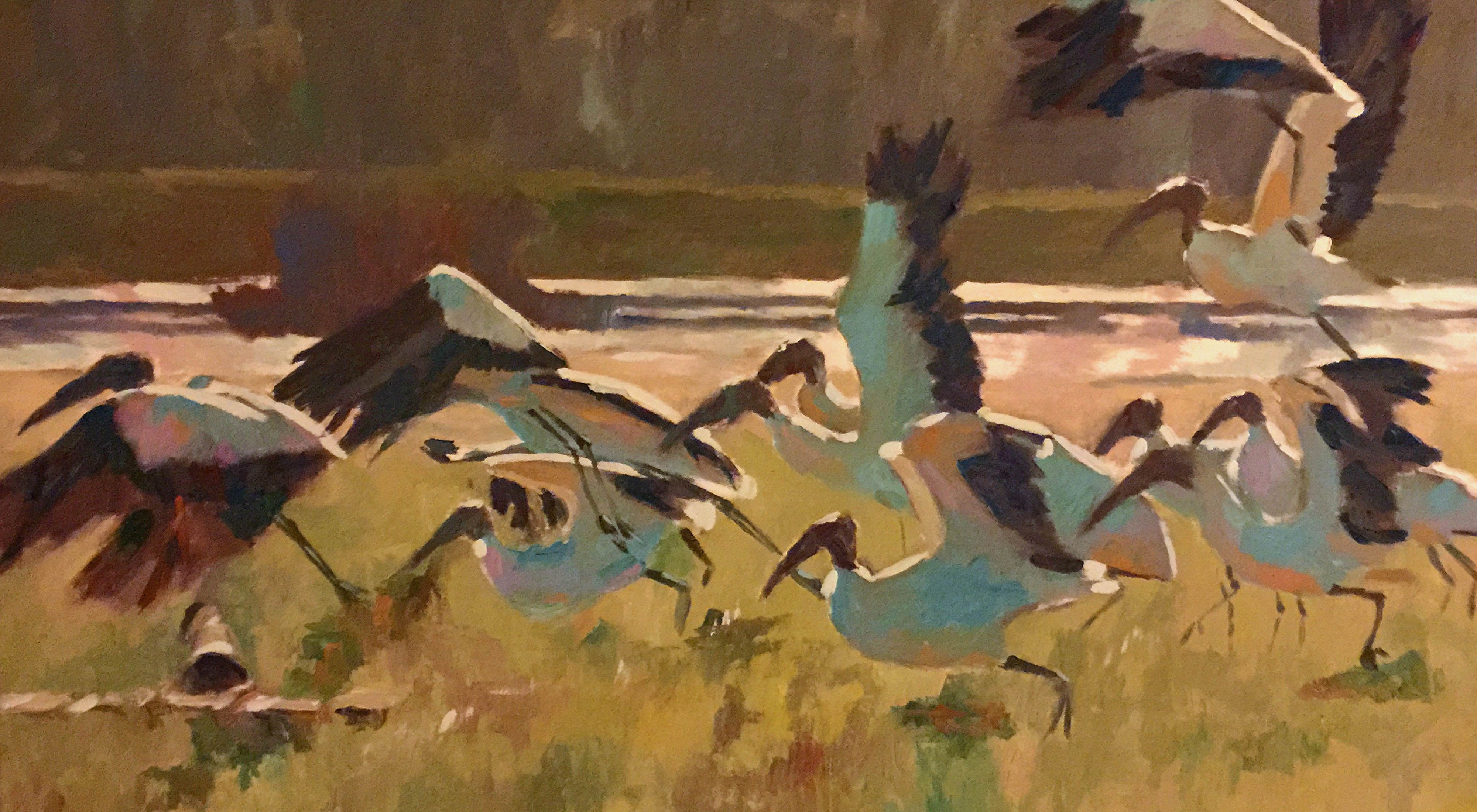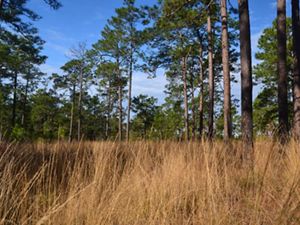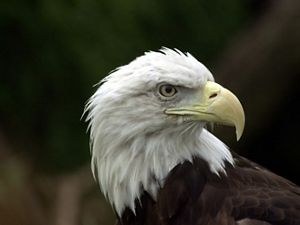Restoring a River's Heartbeat
Improving the Savannah River's natural flow helps fish and birds.
A soft breeze rustled the marsh grasses as James “Jim” Rothnie carefully placed a fresh canvas on his easel. Morning light sparkled on the waters of the ACE Basin nearby.
Quietly, he crept closer to the dozen lounging birds, their elegant snow-white plumage contrasting sharply with leathery, bald heads. Wood storks were one of his favorite sightings.
Click! The shutter released just in time. The birds—perhaps showing off—rose majestically into flight.
“It was a fraction of a second,” remembers Rothnie, an active birder, painter and trustee for The Nature Conservancy in South Carolina. “I took the picture and painted it on the spot. There’s nothing more incredible than capturing nature like that.”
The intersection of good food sources and good habitat make the Savannah River Basin a birder’s (and painter’s) paradise. Both those factors depend heavily on the heartbeat of the Savannah River.
Quote: Eric Krueger
Without the river’s pulse, natural processes suffer.
Natural Flows and a Healthy Heartbeat
The natural flow of a river resembles a healthy human heartbeat. Heavy rains send large pulses of water downstream in spring, flushing out side channels and signaling fish to spawn. Dry stretches in summer allow seedlings to take root.
If a natural river resembles a heartbeat, a heavily dammed river can look almost like a flatline.
“Dams store water in reservoirs and release it slowly throughout the year,” says Eric Krueger, director of science and stewardship for The Nature Conservancy in South Carolina. “Without the river’s pulse, natural processes suffer.”
A River Without a Pulse
Much of the Savannah River flows strong and quick, forcing fish to fight a constant current. Fishermen know that species like largemouth bass and redbreast sunfish prefer the slower water of small side channels.
“These channels are only partially connected to the river; that makes them vulnerable,” says Krueger. “During droughts, water releases from dams are too small to flush them out. The stagnant water left behind doesn’t hold enough oxygen for fish to survive.”
Herons, egrets and other wading birds feed on the fish in those channels. They also depend on floodplain forests, which grow along the river’s edge, for nesting and roosting sites.
“Adult cypress trees can survive periodic floods, but new seedlings need eight weeks for their roots to grow before they can withstand high water,” says Krueger. “We need to avoid releasing water during those growth periods.”
Iconic species like swallow-tailed kites and prothonotary warblers also thrive in floodplain forests.
“Prothonotary warblers are an amazing thing to see; they’re an incredible bright yellow,” says Rothnie. “The swampy areas along the Savannah River are just what they like.”
Quote: Jim Rothnie
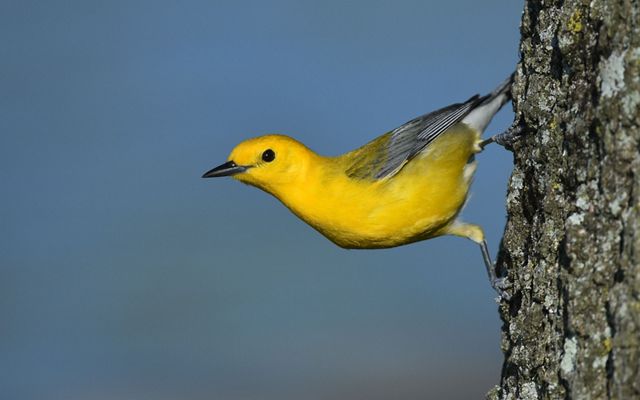
Prothonotary warblers are an amazing thing to see; they’re an incredible bright yellow. The swampy areas along the Savannah River are just what they like.
Studying Dam Operations to Find a Solution
Reservoirs created by the Savannah River’s dams provide electricity for homes, fresh drinking water and places to boat and fish. Removing the dams isn’t realistic—but changing how they operate is.
“The South Carolina Department of Natural Resources (SC DNR) and Georgia Environmental Protection Division (GA EPD) first came to us about changing operations for the three dams,” says William Bailey, Savannah district planning chief for the Army Corps of Engineers. The Corps operates publicly owned dams on rivers nationwide, including four on the Savannah River.
“The states’ main concern was lake levels dropping during droughts. We produce hydropower by releasing water from our reservoirs, and those contracts don’t go away during a drought,” says Bailey.
Changing dam operations meant first launching a study to determine how changes would affect fish and wildlife, flood control, navigation, recreation and drinking water.
By law, half the study’s funding had to come from non-federal sources. Even with SC DNR and GA EPD contributing, the money wasn’t there.
“The Nature Conservancy stepped up,” says Bailey. “They offered not only the remaining funding, but also up-to-date science on how fish, birds and other species would be impacted.”
Collaboration and a New Plan
In 2013, TNC, Army Corps, SC DNR and GA EPD officially signed on to map out a brighter future for the Savannah River.
“This study is unique in that it covers more than 200 miles of river and several different types of geology,” says Bailey. “It’s a challenge, but we’re always open to doing things better.”
TNC brought together researchers from both states and the federal government to identify which water flow scenarios would most benefit nature on the Savannah River. Krueger now is using those data to develop an ideal flow prescription that will be recommended to the Corps.
“We’ve discovered it takes very little water to keep side channels on life support,” says Krueger. “Just one pulse every two weeks can sustain these areas during droughts. The effect on the lakes is barely visible.”
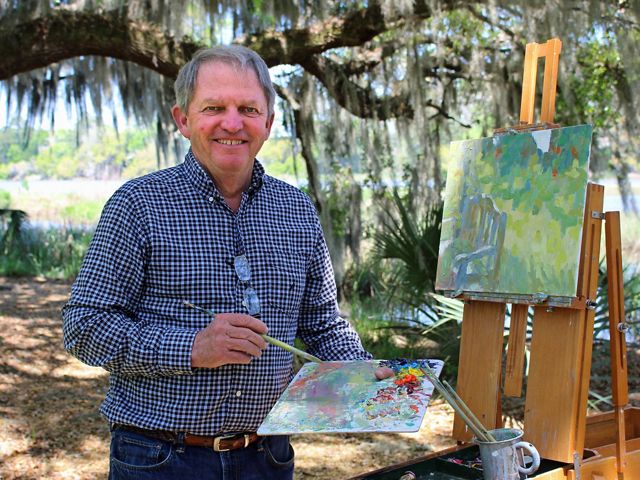
A Better Future
Thanks to supporters like you, TNC is creating practical, science-based solutions that will help restore the heartbeat of the Savannah River and benefit birds, fish and people.
“I’m very optimistic that our grandkids will be able to enjoy the same natural beauty we have here today,” says Rothnie. “That’s what really attracted me to get involved with The Nature Conservancy, both as a trustee and by including them in my will. I know this landscape wouldn’t look anything like it does without their involvement.”
“There are so many people in South Carolina who care about our state a great deal. I’m glad to be part of creating a better future.”
